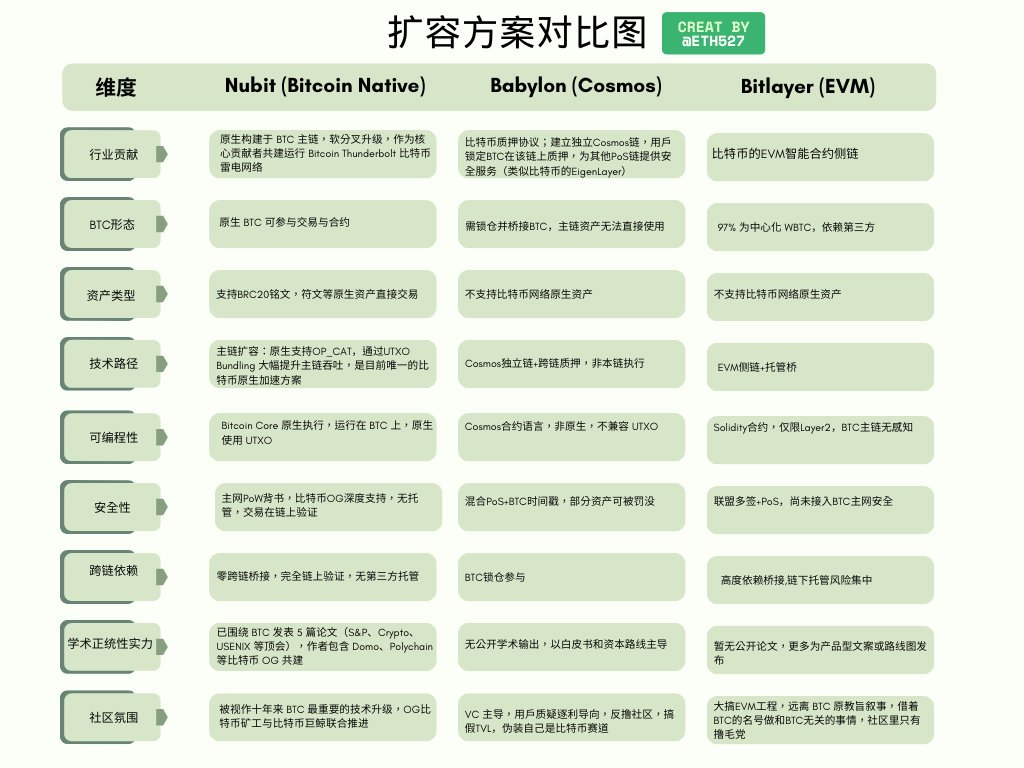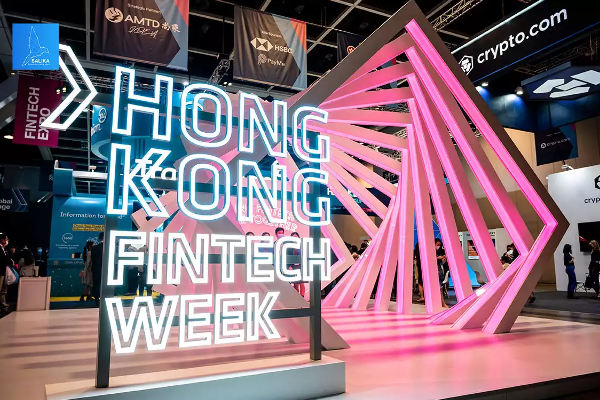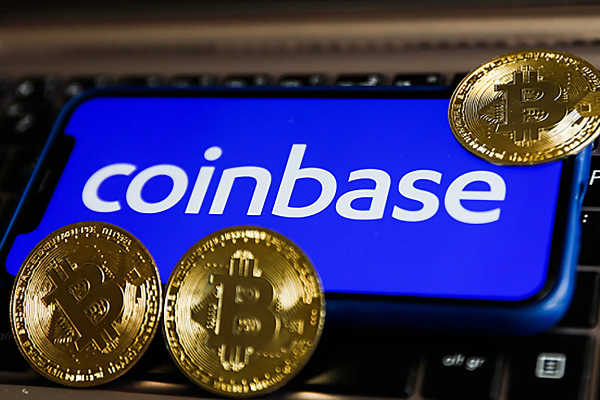The current status of Bitcoin expansion solutions and Bitcoin's major upgrade

This is a hardcore article, but I have observed that a huge narrative is quietly brewing. Many people don’t know that BTC has completed a significant soft fork, Bitcoin Thunderbolt, which means that Bitcoin has introduced native programmability. Those who understand naturally understand what this means, and those who don’t understand will understand after reading this article. The big one is coming!
1. The dilemma of lack of native expansion solutions
Bitcoin is renowned worldwide for its unparalleled security, but the limitations of scalability have prevented the asset value on the Bitcoin chain from being fully utilized. The launch of the Ordinals protocol has stimulated people’s expectations for Bitcoin’s expansion potential and brought new development opportunities to the Bitcoin ecosystem. Against this background, multiple expansion plans have emerged, trying to release the potential of on-chain assets and promote the prosperity of the on-chain ecosystem.
However, existing expansion plans often sacrifice Bitcoin’s nativeness and introduce additional trust costs and security risks. Although these plans have attracted a small number of users through incentive mechanisms and stimulated a certain market enthusiasm in a short period of time, as the incentives fade, these participants have also lost interest and gradually lost. For example, Babylon, which recently suffered a setback, withdrew more than 21 million US dollars worth of BTC from the agreement within 24 hours of the airdrop. The reason is that Babylon's technical solution requires locking BTC in exchange for side chain assets, and the main chain Bitcoin assets cannot be used directly. This path weakens the appeal to native Bitcoin users, and participants leave as soon as they get the airdrop.
The same is true for Bitlayer, another popular project. It was promoted as the "fastest growing Bitcoin Layer2", but after its crazy incentive mechanism ended, the prosperity was gone because participants were more concerned about short-term gains rather than long-term use in the ecosystem. Because Bitlayer users need to convert BTC into on-chain tokens through a custody bridge, this means strong dependence on third-party custody and potential risks. Once it is unprofitable, users will quickly transfer their BTC.
In summary, it has been proven that expansion solutions that are separated from nativeness have very limited appeal to Bitcoin users and are not real solutions.
2. Native enhancement: the real direction of Bitcoin expansion
People are increasingly aware that only by making a fuss directly at the Bitcoin protocol level can the bottleneck be truly broken. Among them, the ideas represented by @nubit_org are attracting attention. Nubit has promoted Bitcoin Thunderbolt, a soft fork of the Bitcoin base layer, which directly modifies the Bitcoin protocol to provide higher transaction speeds and programmability. For example, through UTXO Bundling technology, the transaction speed is 10 times faster than traditional Bitcoin; for example, the introduction of OP_CAT opcodes supports the development of applications directly on Bitcoin to achieve native programmability; and for example, Goldinals integrates Standards such as BRC-20, Runes and Ordinals unify asset protocols; and BitMM realizes trustless on-chain transactions.
This expansion is "on the main chain", that is, native BTC can directly participate in smart contracts and transactions without cross-chain packaging substitutes. Nubit's native expansion solution does not require traditional cross-chain bridges, its verification is completely completed on the chain, and there is no third-party custody risk.
3. Comparison of the advantages and disadvantages of the paths
In order to allow readers to better understand the differences between native expansion solutions and other expansion solutions, we have made a table for everyone to see.

Combining these, it can be found that the advantages brought by "native" are comprehensive: security eliminates intermediaries, trust costs are almost zero, asset utilization does not waste Bitcoin's liquidity, and ecological development resonates with Bitcoin's growth. Of course, the challenge of the native solution is that it is difficult to implement, and it often requires consensus from the Bitcoin community (such as software Fork upgrade) can be implemented. This makes the native path slower in terms of advancement, requiring strong technical demonstration and community mobilization capabilities.
IV. The importance of "nativeness" to Bitcoin value capture
In addition to the feasibility of the expansion plan, nativeness is also very important for promoting the value of the Bitcoin ecosystem.
1. Security spillover effect:
Non-native expansion plans allow a large number of transactions and fees to occur on other chains, and only a small number of lock/unlock transactions can be seen on the Bitcoin mainnet. Bitcoin itself does not gain benefits from these Layer2 transactions, and in the long run, it cannot directly improve the security and value support of the mainnet. The native expansion plan allows transactions to occur on the Bitcoin mainnet, and each transaction brings fee income to Bitcoin miners, thereby strengthening the security budget and computing power stability of the Bitcoin network. This effect is particularly critical for Bitcoin to maintain security only by fees after the future halving.
2. Value attribution:
Babylon and Bitlayer have their own native tokens, which serve as payment fees or governance functions. Part of the ecological value is captured by these new tokens, diluting BTC's status as the only value carrier. For example, Babylon users are more concerned about the price and income of BABY tokens rather than the price of BTC itself; running DeFi on Bitlayer may bring popularity to the contract tokens and governance coins on its chain, while BTC only exists as collateral. In the long run, if Bitcoin's innovation dividend is taken away by other tokens, it is not ideal for pure BTC investors. In the native expansion plan, all applications directly use BTC as the pricing and settlement asset. Whether issuing tokens, NFTs or running decentralized applications, the underlying consumption is BTC. The demand for BTC rises with the prosperity of applications, and BTC holders benefit from this ecological growth.
In general, "nativeness" means that the value of Bitcoin itself can participate and amplify, while non-nativeness means that the value may spill over. For investors who believe in the long-term value of Bitcoin, the native solution is undoubtedly more in line with their interests.
5. The last sentence
By comparing the existing expansion plans, the native path shows its unique advantages, which not only solves the bottleneck of Bitcoin expansion, but also maintains the security and trustlessness of Bitcoin. This huge innovation is nurturing a narrative with great explosiveness, which is very worthy of further analysis and follow-up by all investors. As the implementer of Bitcoin Thunderbolt, Nubit's native expansion has brought about a major upgrade for Bitcoin, making it the first Bitcoin project acknowledged by HSBC in its latest report.









